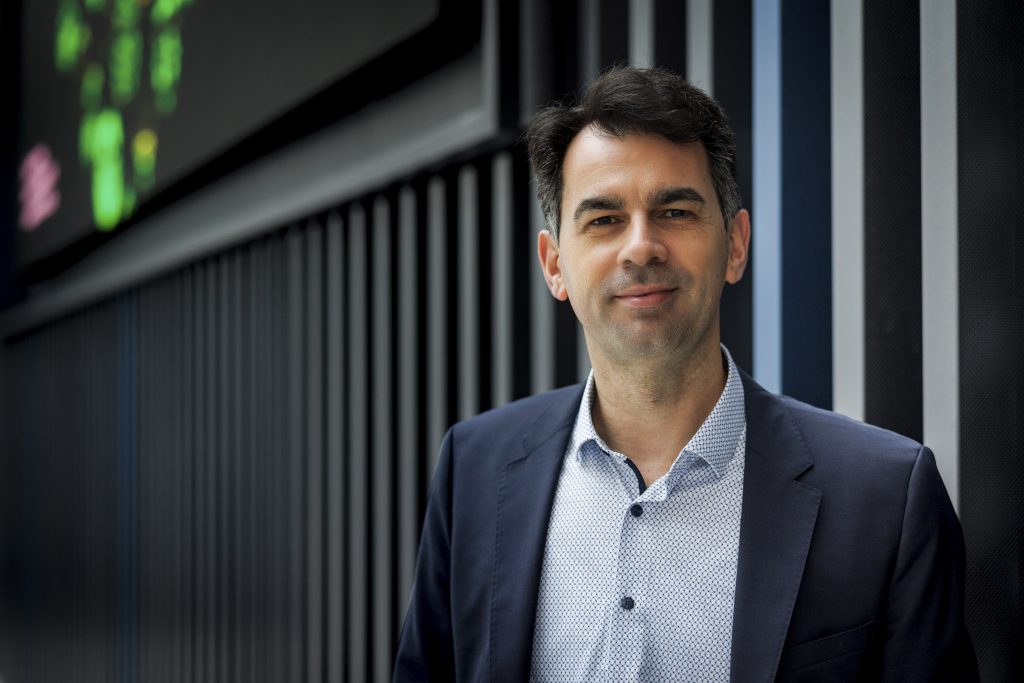10 October 2024
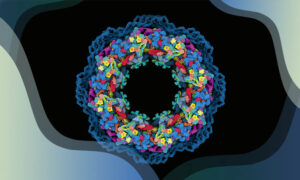
Science & Technology
The function of biological molecules is intimately linked to their structure. In the 50 years since EMBL was established, its researchers and engineers have constantly provided leadership in structural biology research and services, resulting in many scientific breakthroughs and novel insights.
19 December 2023
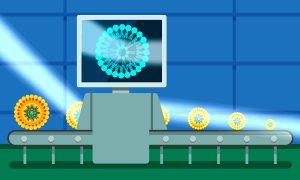
Science & Technology
EMBL Hamburg, Johannes Gutenberg University Mainz, Postnova Analytics GmbH, and BioNTech SE have developed a new method to quantitatively investigate sizes of nanoparticles containing mRNA. It may become an important part of regular characterisation of mRNA nanomedicines in the future.
2023
sciencescience-technology
2 October 2023

Science & Technology
Pioneers of the mRNA nanomedicines technology receive 2023 Nobel Prize in Physiology or medicine. EMBL is pleased to have supported the development of the application of the mRNA nanomedicine technology through our long-standing collaboration with BioNTech, Johannes Gutenberg University Mainz and…
2023
sciencescience-technology
6 September 2023
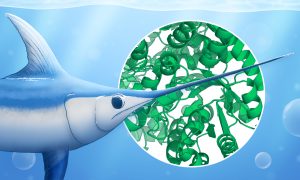
Science & Technology
Learn how scientists use bio-SAXS, an experimental X-ray technique, to study the shape and dynamics of proteins and other biomolecules. SAXS can be even used to analyse the structure of mineral particles in the swordfish sword bone, which can help scientists better understand bone ageing.
2023
sciencescience-technology
8 August 2023
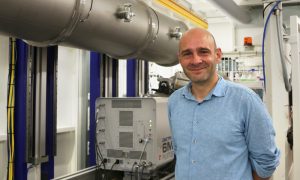
Lab MattersPeople & Perspectives
Clément Blanchet has been appointed to lead the team working on small-angle X-ray scattering (SAXS) at EMBL Hamburg. In this interview, he talks his ambitions for the future work of the SAXS Team, his passion for science, and a memorable ‘aha’ moment he had in his early career.
2023
lab-matterspeople-perspectives
3 July 2023
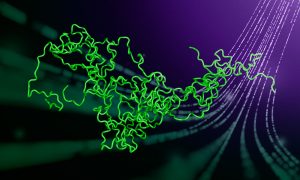
Science & Technology
A third of all known proteins are either completely or partially unstructured. EMBL scientists contributed to a new set of guidelines – Minimum Information About a Disorder Experiment (MIADE) – that will help researchers share data on unstructured proteins in a more useful way and will enable…
2023
sciencescience-technology
20 April 2023
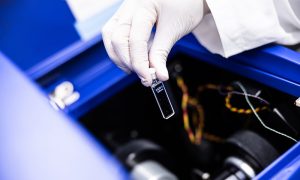
ConnectionsLab Matters
EMBL Hamburg partners with the Hanseatic Life Science Research Infrastructure Consortium (HALRIC) to enhance life sciences research in Scandinavia and northern Germany. The consortium builds on the HALOS project to foster collaborations between industry, hospitals, and universities, leveraging…
2023
connectionslab-matters
7 December 2021
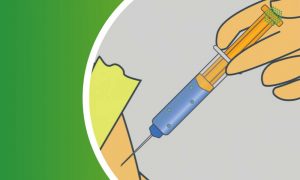
Science & Technology
RNA vaccines, such as the ones for COVID-19, represent a new approach in vaccine technology. Cy Jeffries, faculty staff scientist at EMBL Hamburg, explains the clever technology behind RNA vaccines, and how structural biology contributes to its development. EMBL Hamburg collaborated on several…
2021
sciencescience-technology
8 November 2021
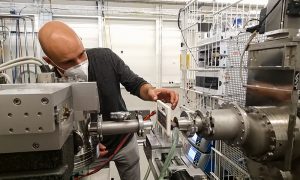
Lab MattersScience & Technology
Each year, EMBL Hamburg’s Svergun Group offers practical EMBO courses and lecture courses on biological small-angle X-ray scattering (SAXS). The courses provide young scientists an opportunity to gain hands-on experience by measuring their own samples, and by exploring different aspects of SAXS…
2021
lab-mattersscience-technology
15 October 2021
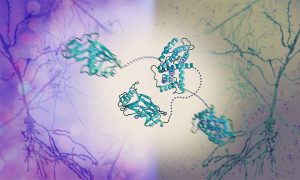
Science & Technology
The Graham and Crump groups at the University of Cambridge and the Svergun Group at EMBL Hamburg have discovered a mechanism by which the herpes simplex virus takes control of the molecular machinery of human cells. Their work reveals how a dedicated viral protein hijacks key host proteins, forcing…
2021
sciencescience-technology
27 July 2021
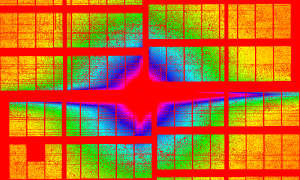
Science & Technology
A collaboration led by EMBL Hamburg’s Svergun Group used small-angle X-ray scattering (SAXS) at the European XFEL to obtain data on samples containing coronavirus spike proteins and antibodies that bind them.
2021
sciencescience-technology
9 July 2021
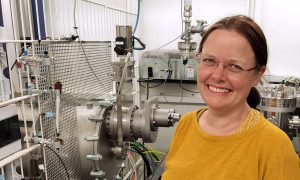
Science & Technology
EMBL’s Melissa Graewert and colleagues are taking a structural biologist’s approach to better understanding nanoplastic particles.
2021
sciencescience-technology
12 May 2021
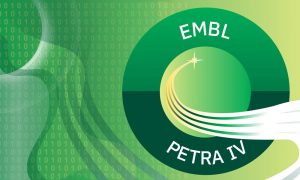
Science & Technology
A workshop run by EMBL Hamburg explored opportunities for structural biology at the future, upgraded PETRA IV synchrotron.
2021
eventsscience-technology
9 April 2021
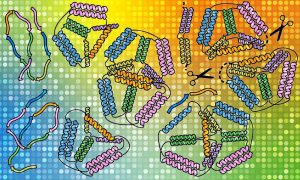
Science & Technology
Using EMBL Hamburg’s world-class structural biology infrastructure, researchers advance the folding of protein ‘origami’ designed in the lab.
2021
sciencescience-technology
1 December 2020
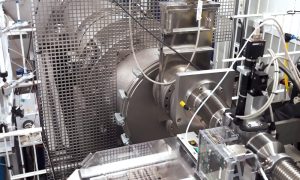
Science & Technology
Biotechnology company BioNTech and Johannes Gutenberg University Mainz conduct collaborative research with EMBL scientists at the beamline P12 in Hamburg
2020
sciencescience-technology
29 July 2020
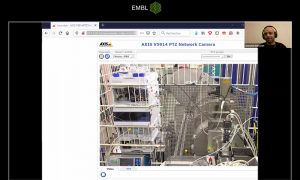
EMBL Announcements
The Svergun group at EMBL Hamburg has released the course ‘Solution Scattering from Biological Macromolecules’ in an online format for the first time. The course explores different aspects of small-angle X-ray scattering (SAXS) for studying the structure of macromolecules.
2020
embl-announcementsevents
17 June 2020
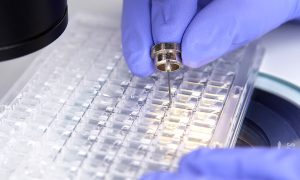
Science & Technology
While global research on coronaviruses has shed light on the function of many SARS-CoV-2 proteins, the role of some crucial components remains unknown. Researchers at EMBL Grenoble will use a range of structural biology methods to try to solve some of the puzzles of the molecular mechanics of…
2020
sciencescience-technology
9 June 2020
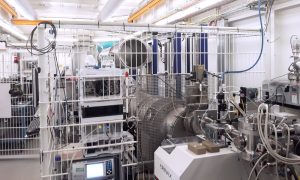
Science & Technology
EMBL researchers are studying COVID-19-related molecules by exposing them to high-brilliance X-ray beams. The Svergun group at EMBL Hamburg is using biological small-angle X-ray scattering (SAXS) as part of a global effort by scientists to elucidate the structural organisation of SARS-CoV-2…
2020
sciencescience-technology
28 April 2020
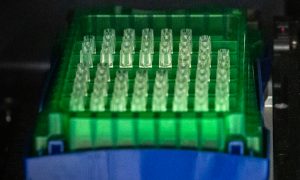
Science & Technology
Scientists at EMBL Hamburg and Karolinska Institutet Stockholm aim to find synthetic antibodies – known as nanobodies – that bind a surface protein of the novel SARS-CoV-2 coronavirus. Nanobodies could prevent the virus from entering human cells and causing COVID-19.
2020
sciencescience-technology
19 December 2019
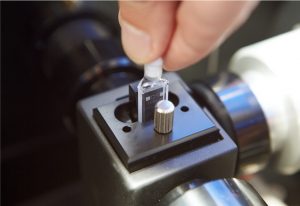
EMBL AnnouncementsLab Matters
EU funding for iNEXT-Discovery consortium unlocks key technologies for structural biology
2019
embl-announcementslab-matters
13 September 2018
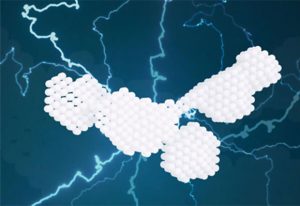
Science & Technology
X-ray experiments show that scaffolding protein PDZK1 has a L-shaped conformation
2018
sciencescience-technology
29 May 2018
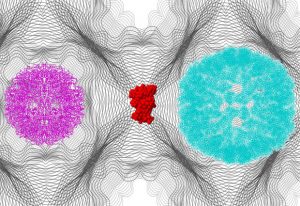
Science & Technology
Scientists at EMBL Hamburg determine shapes of intermediate states in dynamic biological systems
2018
sciencescience-technology
14 September 2015
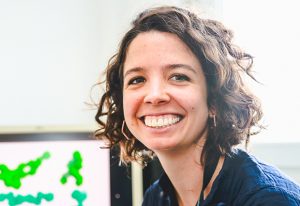
Lab MattersScience & Technology
Introducing the Small Angle Scattering Biological Data Bank, developed at EMBL Hamburg.
2015
lab-mattersscience-technology
2 July 2015
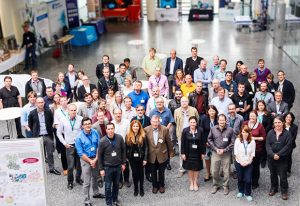
Connections
Industrial partners and BioStruct-X facility members gather for Workshop at EMBL Hamburg.
6 April 2015
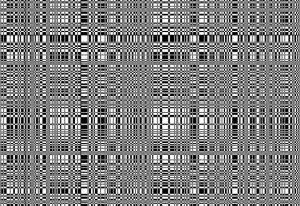
Science & Technology
Coin toss inspires CorMap: a new statistical test that sidesteps need for error estimation.
2015
sciencescience-technology
1 February 2007
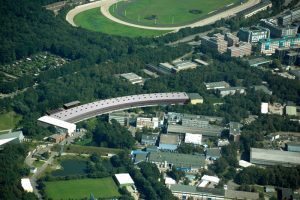
Lab Matters
The German Federal Ministry for Education and Research (BMBF) has awarded 8.8 Million Euro to the Hamburg Outstation of the European Molecular Biology Laboratory (EMBL) for the construction of an Integrated Research Facility for Structural Biology at the new PETRA-III storage ring of the German…
No matching posts found





























